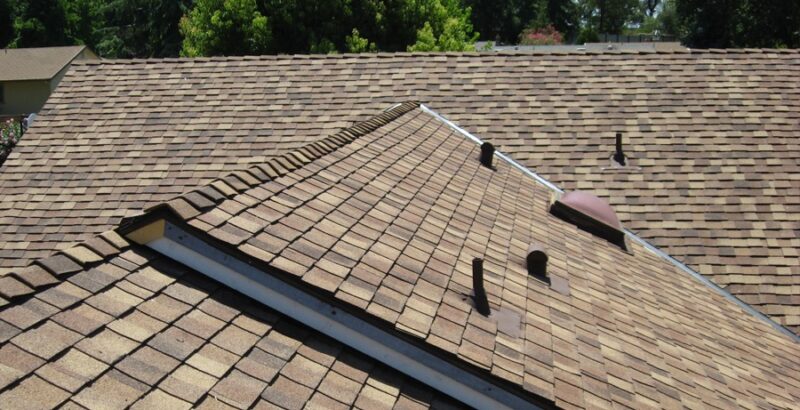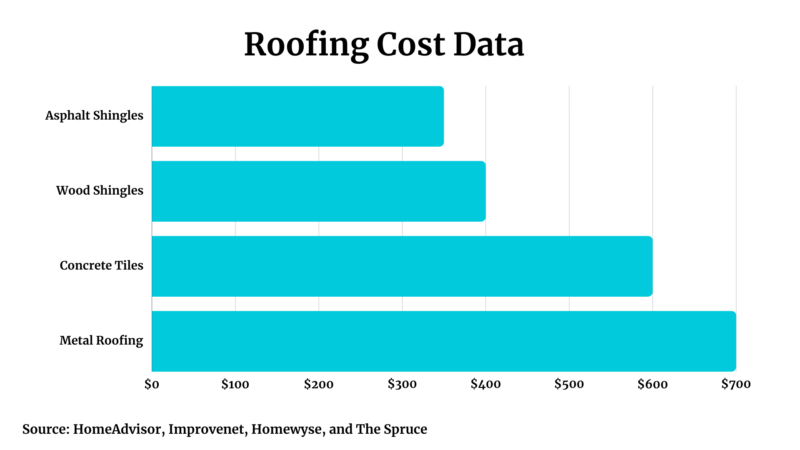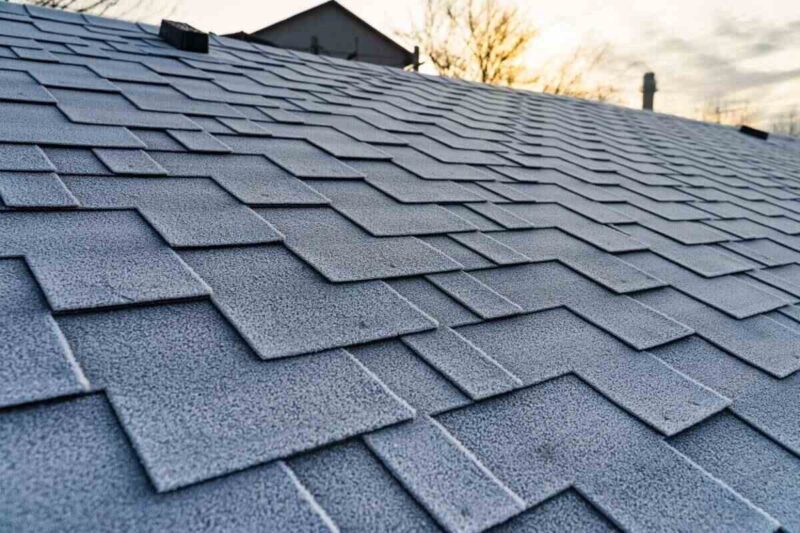Adding extra space to your home through an extension can enhance your family’s quality of life. However, the roofing for your new addition requires careful consideration to ensure proper integration with your existing home.
This guide will explore the key factors to weigh when selecting roofing materials and design for your home extension.
Blending Old and New Roofing Seamlessly

When you embark on a home extension, one of the biggest challenges is integrating the new roofing with your current roof.
However, when it comes to working with your weather conditions and completing your roofing work quickly, using local contractors is essential. If based in in Vancouver, looking for roofing companies in vancouver, wa is the smart way to go.
Here are some things to look for when it comes to redoing roofing:
- Look at the current roof’s age and condition: Check your existing roof closely before the renovation. See if there are signs it’s getting old. Such as cracked shingles, curling, or broken flashing. Additionally, note any moss buildup or clogged gutters that can accelerate wear. If your current roof is over 15-20 years old or looks very weathered, it’s often best to replace the whole roof when adding on. This allows for one unified roof system.
- Use the same roofing materials: Using the same or very similar materials on the old and new sections helps them look cohesive. For example, if your current roof has asphalt shingles, put matching shingles on the addition. The same materials also help weatherproofing where they join.
- Pay attention to the slope and shape: The ideal pitch and form of your new roof addition should blend smoothly with the existing shape. For instance, if your home has a gabled roof, the addition should copy the same slope and peak rather than clashing with a very different form. This allows good drainage.
- Install proper flashing: Good flashing at valleys, vents, and where the old and new roofs meet is critical. Use an apron flashing at the joint to direct water away. Drip edge flashing also protects roof edges from damage. Use metal flashing that is corrosion-resistant for the best durability.
Innovative Roofing Materials for Home Additions

While matching existing materials is one option, you could also consider new roofing innovations. These can improve energy efficiency, sustainability, weather resistance, and looks.
Here are some cutting-edge roofing ideas to consider:
- Cool roofing – Special reflective coatings and membranes in cool roof systems can reduce inside home temperatures by up to 20°F. This is compared to dark roofs. It’s done by minimizing heat absorption from sunlight. And improving ventilation and cooling radiation. Cool roofs directly translate to better comfort and lower AC costs.
- Green roofing – Installing soil, hardy plants, and waterproof layers over the roof deck creates a vegetated roof. The soil and plants give insulation against temperature extremes. This can reduce indoor energy use by up to 75%. Depending on your climate. Green roofs also absorb rain and filter pollutants
- Solar roof tiles – Rather than traditional shingles, opt for integrated solar roof tiles or shingles that incorporate photovoltaic cells. This allows your new roof to generate clean electricity from sunlight to power your home and appliances, offsetting electric bills. Solar roofing materials are specially engineered to be hail, impact, and fire-resistant, as well as watertight.
- Metal roofing – Modern metal roofing systems such as steel, aluminum, or copper offer unmatched longevity compared to asphalt or wood shingles. With exceptional weather, fire, pest, and salt corrosion resistance, metal roofing requires minimal lifetime maintenance. It provides security against extreme weather events like hurricanes. Insulated metal roofing also enhances energy efficiency.
Factoring in Climate Conditions

Your region’s climate is a major factor in determining suitable roofing materials and designs for your new addition.
Consider these climate considerations:
- Cold climates – Snow guard systems prevent dangerous snow slides in cold climates. Standing seam metal roofing avoids ice dam buildup. Roof insulation helps retain heat.
- Hot climates – Reflective and light-colored roofing helps combat heat absorption. Attic ventilation releases hot air buildup.
- Windy coastal regions – Impact-resistant shingles withstand intense winds. Low roof slopes prevent uplift. Durable metal roofing resists salt corrosion.
- Rainy climates – Overflow drains prevent water ponding. Impermeable roofing materials like metal prevent seepage. Steep A-frame slopes facilitate runoff.
Homes with roofing unsuitable for their climate experience a 25% reduction in roof lifespan on average.
Complying with Building Codes
It’s vital to follow local zoning laws and building codes when planning a home addition. About 20% of add-ons get delayed because regulations were missed. Roofing is a key area. Relevant rules may be involved. Relevant requirements may relate to:
- Roof load capacity and weight spreading
- Roof structure connections
- Roof drainage and runoff control
- Allowed roofing materials and fire ratings
- Solar panel or plant regulations
Talk to your local permit office early when planning. This prevents expensive rework later.
Picking the Right Roofing Materials

Carefully choose roofing materials that integrate visually with your home. And suit your climate, efficiency needs, and budget. Don’t just default to the cheapest option. Using advanced and durable materials upfront can save money long-term.
For instance, metal roofing costs more initially than asphalt shingles. But it lasts 2-3 times longer. This avoids frequent roof replacement costs over the decades.
Here’s a Comparison of Asphalt Shingle Roofing Versus Metal Roofing:
Asphalt Shingle Roof |
Cost |
$350 per square installed |
Lifespan |
12-20 years | |
Replacement cost over 30 years |
$8,750 – $14,700 | |
Metal Roofing |
Cost |
$600 per square installed |
Lifespan |
40-70 years | |
Replacement cost over 30 years |
$0 |
Source: HomeAdvisor
While metal roofing has a 10-20% higher initial cost, it can reduce total 30-year expenses by 60% or more compared to asphalt shingles.
Ongoing Maintenance Matters Too
Choose roofing materials that are easy to maintain in the long term. Metal and composite roofs require minimal annual maintenance. Asphalt shingles need regular sealing, repairs of damage, and moss removal. Poor maintenance shortens a roof’s lifespan.
Discuss maintenance needs with contractors before finalizing your choice of materials. Factor long-term costs into your decision.
Bottom Line

Choosing the right roofing for your addition requires balancing looks, climate, efficiency, and durability. Careful planning and quality installation are key to fully enjoying your new space.
With smart roofing choices, you’ll love your expanded home for decades.


